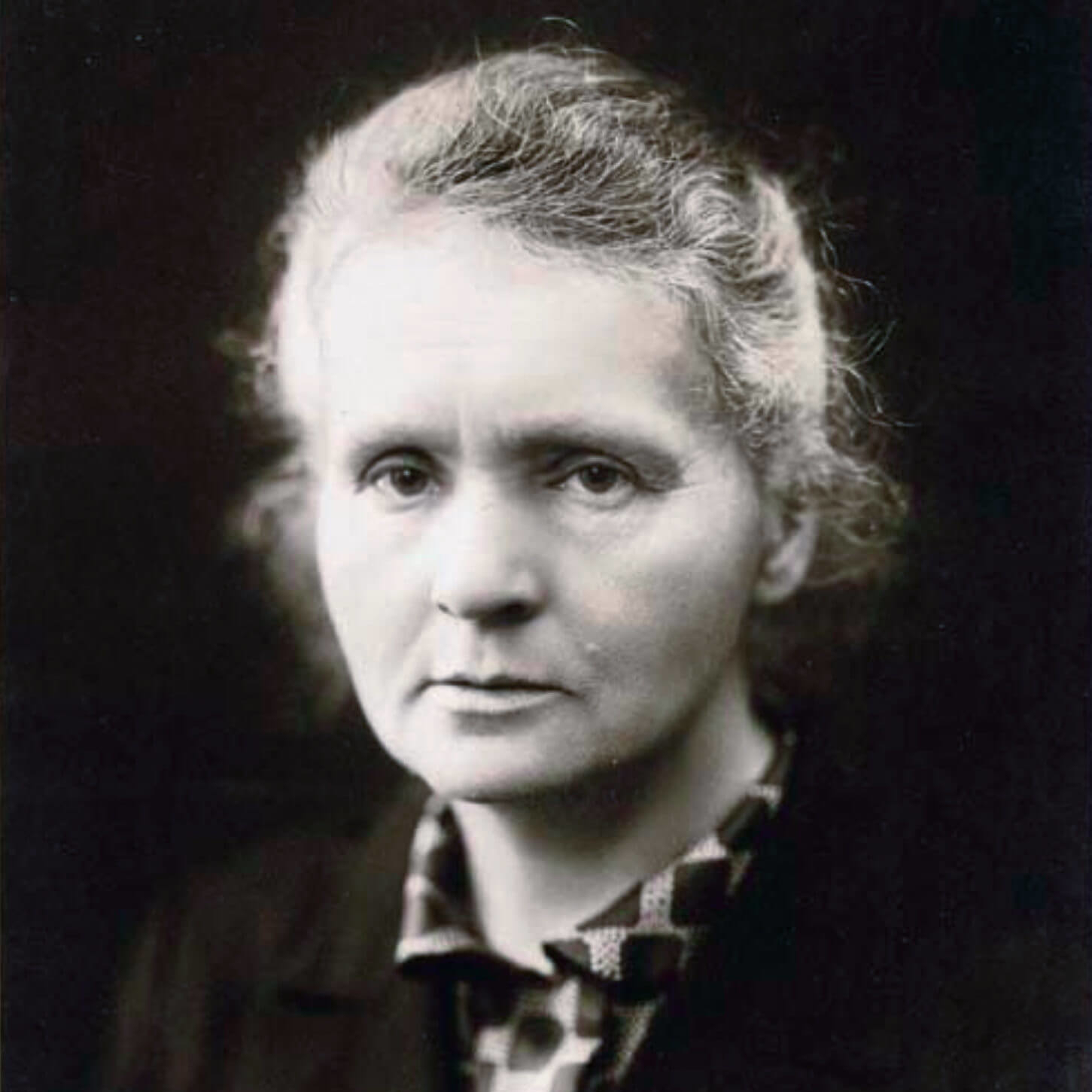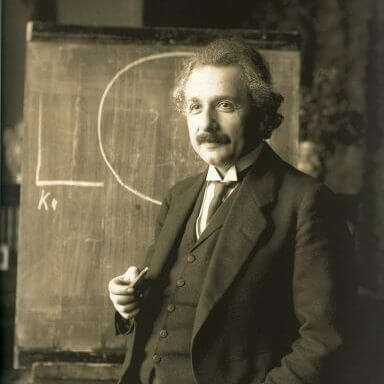UP Focus Day Pilot Study
Note: this is an incomplete writeup, not a full-fledged study.
Executive Summary
A pilot study of the Upgrade Program (UP) Focus Day (50 participants) showed that the events significantly increase productivity over people’s typical levels and successfully maintain motivation throughout the day. While baseline (i.e., beginning of day) levels of focus and motivation do contribute to the overall outcome, the retrospective measure of motivation throughout the day was the main predictor of productivity. While some loss in motivation would be expected over the course of day in which one is focused on work for over an average of 6.19 hours (which does not include break time), results showed that UP Days keep motivation from flagging. On average, UP Day participants were 32% more productive than they would have been on a normal day, and expected that they would have been 25% less productive than normal had they not attended an UP Day.
Appendix 1: Statistical Analyses
Paired-sample t-tests were used to compare baseline and end-of-day states of UP Days (see Table 1). Relative to the beginning of the day, we find that people overestimate their motivation on UP Days by a little bit. On average, initial motivation is closer to 6 (solid agreement; M = 5.94), but motivation measured at the end of the day is a bit closer to slight agreement (5.52) .42 on a scale of 1-7 (strong disagreement to strong agreement, with 4 as “neutral”; t(49) = 2.41, p<.05). Energy is predicted well, however, as the average change from 5.10 to 5.46 is not statistically significant (t(49) = 1.72, n.s.). On average, focus levels were as anticipated (t-test not conducted to conserve familywise error).
Participants were asked to record how productive they would have been relative to their baseline levels (i.e., If a typical day were 100% productivity, what percentage of their productivity would they have achieved both with and without the UP Day?). Productivity gains relative to baseline were huge, with an average increase of 57.5% relative to baseline levels (one-sample t-test against a difference of 0, t(49) = 8.20, p << .001). When asked about the extent to which they agreed that they were productive, participants consistently responded in the affirmative (t(49) = 9.35, p<<.001), with an average level of agreement at 5.54 (on a scale of 1-7; strong disagreement to strong agreement, with 4 as “neutral”) with a 95% confidence interval between 5 and 6. Likewise, most participants felt that they would not have been as productive if they were not engaged in a UP Day (t(49) = 2.58, p<.05), with a mean of 3.52 and a 95% confidence interval between 3 and 4.
To assess the causal effects of baseline parameters (energy, focus, preparation, and motivation), we regressed these parameters on productivity (all Likert scale variables). Results (see Table 2) showed a statistically significant model that explained 23% of the variance in productivity (F(4, 45) = 3.37, p < .05, r2 = .23), but only because initial focus was a significant predictor (beta = .35, t(45) = 2.08, p < .05). We further assessed the extent to which people’s actual motivation, energy, focus, and time spent affected productivity by regressing these variables on productivity. The model was highly significant and explained 65% of the variance in productivity (F(4, 45) = 20.96, p<<.001, r2 = .65). What the model showed, however, was that only motivation had a significant impact on productivity (beta = .64, t(45) = 5.07, p << .001). As such, even though motivation is over-estimated on UP Days, insofar as post-facto motivation is lower than anticipated readiness, UP Days maintain motivation and prevent it from decreasing into neutral or unmotivated levels. We confirmed this by comparing regression models of variables before and after UP Days, and after controlling for all baseline variables, adding the post-UP Day variables (of which motivation was the only significant predictor) yielded a significant F-change (F(4, 41) = 18.93, p << .001). In the final model, baseline focus was no longer a factor, but baseline motivation was a minor factor (beta = .24, t(41) = 2.37, p < .05), especially in comparison to the high coefficient for post-UP Day motivation (.66 in the full model).
Table 1 | |||
Means of UP Day Factors (N = 50) | |||
Mean | SD | ||
Baseline | Motivation | 5.94 | 0.84 |
Preparation | 5.30 | 1.09 | |
Focus | 5.22 | 1.15 | |
Energy | 5.10 | ||
End of Day | Motivation | 5.52 | 0.97 |
Focus | 5.32 | 1.11 | |
Energy | 5.46 | 0.95 | |
Time Worked (Hours) | 6.19 | 1.71 | |
Productivity Measures | UP Day Productiviy^ | 5.54 | 1.16 |
Non-UP Day Productivity^ | 3.52 | 1.31 | |
UP Day vs. Baseline Productivity# | 132% | 0.39 | |
Non-UP Day vs. Baseline Productivity# | 75% | 0.26 | |
Notes ^ Measured on a Likert scale of 1 (strongly disagree) to 4 (neutral) to 7 (strongly agree) # For a baseline productivity of 100%, these measures show actual UP Day productivity relative to baseline, and estimated productivity if not attending UP Day | |||
Table 2 | |||||
Models of baseline and end-of-day variables regressed on productivity (Likert scale; N = 50) | |||||
Model 1 | Variable | Beta | t | R-squared | F |
(intercept) | 1.63 | 0.23 | 3.37 | ||
Baseline | Focus* | 0.35 | 2.08 | ||
Energy | 0.03 | .21 | |||
Preparation | 0.10 | .64 | |||
Motivation | 0.19 | .87 | |||
Model 2 | Variable | Beta | t | R-squared | F |
(intercept)* | -2.53 | 0.73 | 13.84*** | ||
Baseline | Focus | 0.05 | 0.45 | ||
Energy | -0.12 | -1.15 | |||
Preparation | 0.10 | 1.04 | |||
Motivation* | 0.24 | 2.37 | |||
End of Day | Focus | 0.10 | 0.73 | ||
Energy | 0.12 | 0.95 | |||
Motivation*** | .66 | 5.59 | |||
Time (Hours) | 0.05 | 0.57 | |||
Notes * p < .05, ** p < .01, *** p < .001 | |||||













